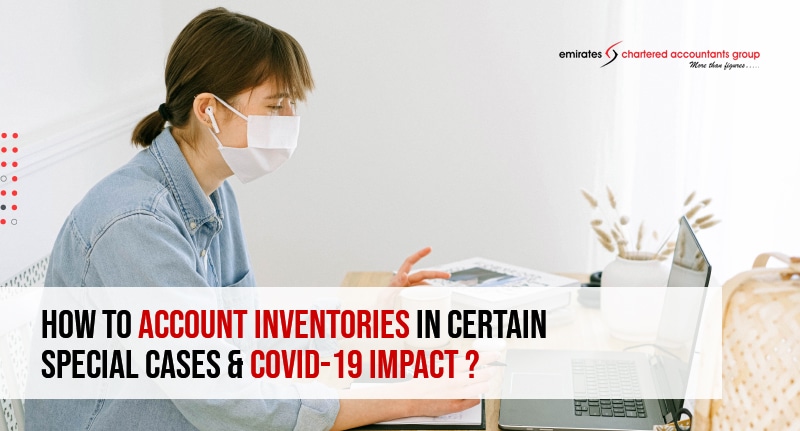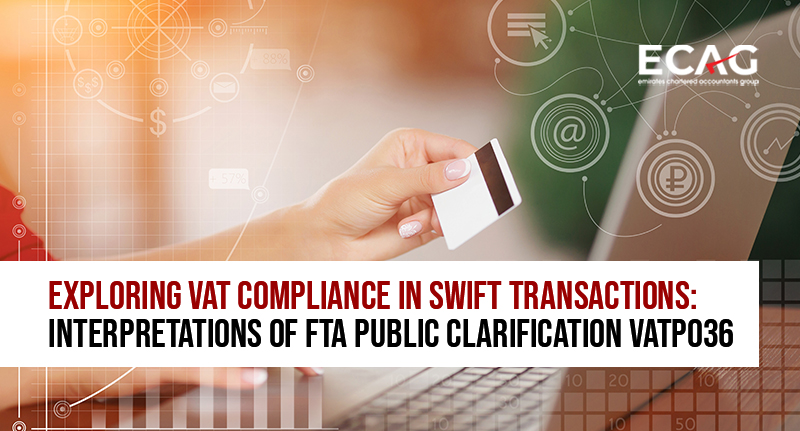
- Sep 13,2020
- All | Audit / IFRS
As per International Accounting standard (IAS 2),
Inventories are Assets:
- Held for sale in the ordinary course of business, Eg: Merchandise purchased by the retailer.
- In the process of production for resale. Eg: finished goods, Work in progress, raw materials, etc.
- In the form of materials or supplies to be consumed in the production process or rendering of services.
IAS 2 provides guidance on measuring or valuing the inventory, and as per IAS 2, inventories are measured or valued at lower of cost or net realizable value. Cost includes all costs involved in bringing the inventories to their present location and condition such as purchase costs, conversion costs, and other costs.
Cost should not include abnormal waste, storage costs, administrative overheads not related to production, selling prices, foreign exchange differences arising directly on the recent acquisition of inventories invoiced in a foreign currency, and interest cost when inventories are purchased with deferred settlement terms.
Net realizable value is the estimated selling price in the ordinary course of business less the estimated cost of completion and estimated costs necessary to make the sale. The cost/valuation formula permitted under IAS 2 is FIFO and Weighted average method. But inventories of agricultural products, work in progress under construction contracts and stocks for commodity brokers and dealers, etc. are out of the scope of IAS 2 – Inventories. They are covered under other Accounting Standards.
When do Inventories Recognize as an Expense?
When inventories are sold, the carrying amount of those inventories shall be recognized when the related revenue is recognized. The amount of any write-down of inventories to net realizable value and all inventory losses shall be recognized as an expense in the period the write-down or losses occurs.
The amount of any reversal of any write-down of inventories, an increase in net realizable value, shall be recognized as a reduction in expense in the period in which the reversal occurs.
How to account for inventory transferred from Property, plant and equipment (Fixed Assets)?
Normally inventory will be classified under Current Assets - as the same is not usually held for long term purpose and will be transferred or converted within a business cycle. An entity may rent or use some assets for production or construction activities. Once the entity ceases to rent them or use them, the asset should be transferred to inventories at their carrying amount as they become part of the business inventory held for sale in the ordinary business.
Eg: An entity engaged in both trading of Cranes and leasing out the cranes. In this case, the cranes for trading will form part of inventories, and the cranes for leasing will be part of property, plant, and equipment. But after leasing the cranes for one or two years, the entity may decide to sell it as part of regular inventories. In this situation, the crane will be transferred from property, plant and equipment to stock held for sale at the carrying value as on the transfer date.
How to account spare parts, servicing equipment and other similar items?
There is always a confusion regarding how to account for spares parts, service equipment and similar assets, whether it to be accounted as property, plant and equipment, or inventories. Spare parts may be of two types; 1) spares parts needed to operate some other assets for more than one period OR 2) spare parts consumed in the production process, to produce goods or rendering of services, or held as items for resale. If spare parts or servicing equipment are needed to operate other assets for more than one period, this is to be accounted for as property, plant, and equipment. On the other hand spare parts consumed in the production process or held as merchandise; these are to be accounted for as inventories.
How to account for Inventories of consignment stock?
A consignment sale is one under which the recipient (buyer) undertakes to sell the goods on behalf of the shipper/ seller/ consignor. Consignment inventory is held by the dealer but legally owned by the manufacturer/consignor. So usually a question will arise. Who will account for inventory? The answer depends on who bears the risks and benefits from the rewards of ownership. If the dealer obtains the product's control, he should account for the inventory in his books. Until then, the inventories will be recorded in the books of the consignor.
The Covid19 impact on inventory valuation
Due to the pandemic, many circumstances may have lead to the write-down of inventories to their Net Realisable Value, viz, the market conditions have become worse, and prices are projected to decline. Eventually, Inventory value will decrease, and it might be necessary to write-down inventories to net realizable value.
The reasons for writing down in the number of inventories could be less movement of goods due to volume demand falls, prices are reduced and inventory obsolescence due to lower than expected sales. The Company's management estimates the amount of the likely obsolescence in the company based on the market conditions & a provision for inventory is to be kept accordingly.
Suppose an entity’s production level is lower than the standard capacity, due to COVID 19,it may need to review its costing of inventories to ensure that unallocated fixed overheads are recognized in profit or loss in the period in which they are incurred.
Eg: The normal production capacity of a machine manufacturing factory per month is ten units. And the salary for the production manager is AED 50,000/- per month. So per unit fixed cost absorption is AED 5,000/-Imagine, due to COVID 19, the production was only eight units in a month. In these circumstances, the full fixed salary of AED 50,000/- cannot be allocated to the conversion cost of 8 units. Instead, only AED 40,000/- to be allocated towards conversion cost and the balance AED 10,000/- to be expensed to profit and loss account
Other Audit & Assurance Services:
- Internal Audit
- Business Valuation
- Due Diligence Audit
- Business Advisory
- Investigation Audit
- IFRS Impact Assessment
- Company Liquidation
- Company Formation
- Taxation Service
For Audit Services in Dubai:
Mr. Pradeep Sai
sai@emiratesca.com
+971 – 556530001
For Audit Services in Abu Dhabi:
Mr.Navaneeth
nav@emiratesca.com
+971 – 558892750
For Audit Services in Northern Emirate(Sharjah, Ajman, RAK, Fujairah)
Mr. Praveen
praveen@emiratesca.com
+971 – 508873115





